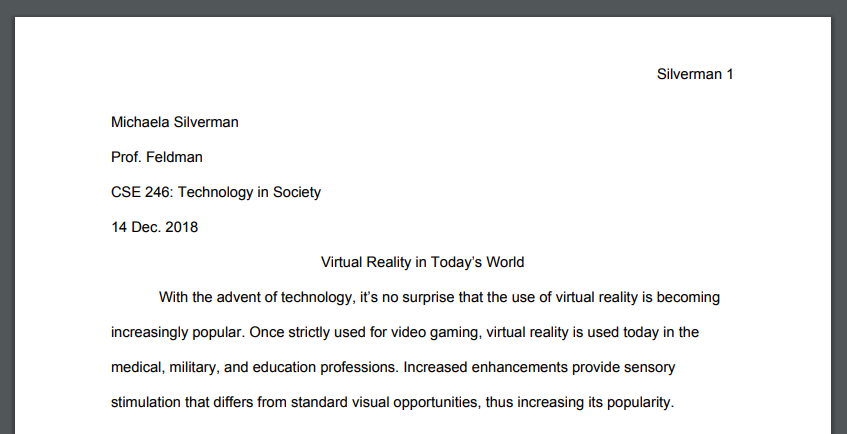

To show examples of the different citation types, a random article available on the internet was chosen. That said, the information is believed to be accurate as of the time of this writing. Please note the author assumes no responsibility for inaccurate information since achieving expert status on all formats is very difficult. All citations in this article will be in APA format except when giving examples for other guidelines. UNLV (2007) lists guidelines used in different disciplines, but this article will focus on four of them (1) American Psychological Association (APA), (2) Modern Language Association (MLA), (3) Chicago Manual of Style, and (4) Turabian.

When no stated preferences are available, or the paper is for internet publication, any of the standard formats is acceptable, and using the format the author is most comfortable with is the best choice. Many ways to cite sources exist, and most publications specify which format is required.
#How to properly cite sources in mla without plagorism how to
Learning how to cite sources is easy and will set the authors work apart from the crowd of non-authoritative, plagiarized, and generally non-unique articles which are proliferating with the advent of private label rights authors. In the non-academic world, unfortunately, plagiarism is more common. In academic writing, papers are expected to cite sources as research builds on other research. Proper citing of sources prevents plagiarism, and establishes credibility for the author and the paper. One of the issues many authors have is how to cite sources properly. That said, this should be a good primer on plagiarism for anyone, just remember to double check the exact format that is expected especially if this is for a school assignment. Formatting may have changed slightly and the formatting on this page is not 100% current. Please note – This is an old version of a document about plagiarism I wrote in 2008 for another website.


 0 kommentar(er)
0 kommentar(er)
